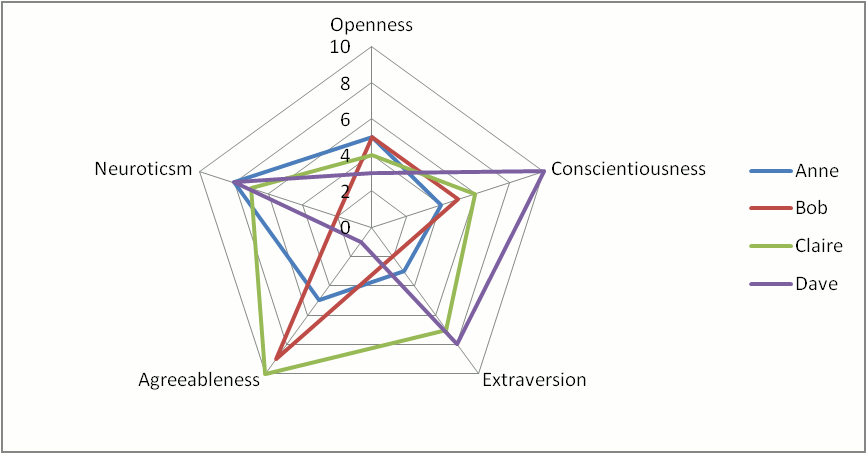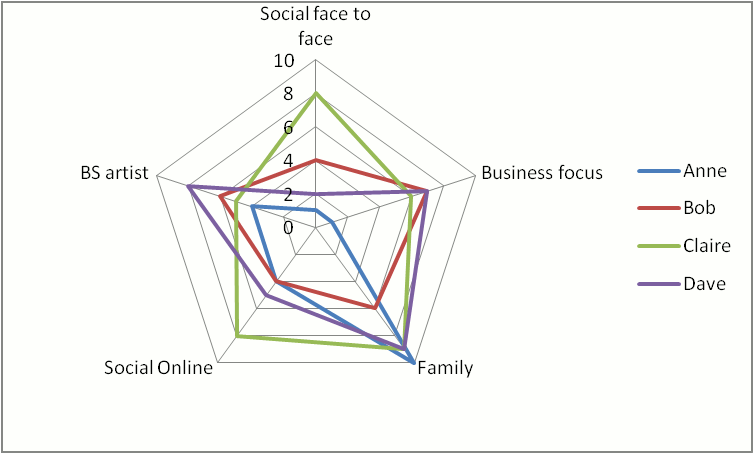Following up on my recent post about Stack Ranking:
Vijay was puzzled by how I thought that a system that didn’t rank or rate employees might be extended into larger organisations.
@jonerp I am still not clear on how @wombling views performance management across a large org. I don't disagree with his points per se
— Vijay Vijayasankar (@vijayasankarv) November 27, 2013
Firstly I’d like to expand on the assumption there that it is easier to do in smaller organisations. Why might that be? The obvious reason is that instead of writing down and ranking employees in a systematic manner you are instead doing this in your head – and that is the basis on which you manage your employees, their compensation and rewards.
I’d like to say this isn’t what I’d like to do, it may well be the case in many smaller organisations where they have rejected the performance review process, but it’s not what I’d want. So some ideas about my blue sky ideal fluffy HR world:
Why do we currently use performance review results for?
- succession and career development,
- workforce planning(?),
- compensation reviews,
I’d suggest that the use of review results in workforce planning is a dubious idea at best, but it really comes down to why we use it in succession and career development. We use review results to rate the behaviours of our employees and to generalise as to whether they are capable of better things. I’d suggest that because a person is good at their current job is a pretty poor indicator of whether they will be good in a more demanding/different job. You will have heard of the “promoted to their level of incompetence” Peter Priciple. This can only happen if one relies on the ranking/rating of the employee’s current job as a predictor of performance in the next. What if instead we were to look at the skills that the employee is gaining/exhibiting in their current role? Do they have the ability to explain a complex idea? Can they present well to executives? Do the work well in diverse environments? Do they speak French? Whatever! but quantify in yes/no answers (any kind of ranking is difficult to assess) the skills that the employee has. Use these skills along with a description of the higher level role (broken down by the skills required) to decide if the employee is ready for promotion, and or needs more training/experience to carry out their current role better. Use that to manage their career progression and training. It’s going to make your workforce planning a lot easier too as you can start looking at how to get from A to B in a realistic way. If the employee is performing badly in their current role, but has all the skills required for that role, either there is a bad mapping of the skills or the employee is demotivated and attempting to address that via a performance review is unlikely to help…
Finally, the old nugget of compensation and remuneration being based on performance. It seems the fairest way of doing things, good performers get more, bad ones less? Fair! However, beyond a certain level, higher pay does not bring higher performance. It may well help keep your top performers from being poached by the competition. But in my experience, top performers are motivated far more by the work that they do, the level of autonomy they have, the respect they command and their ability to pursue their vision than the dollars they earn. Yes there must be a certain base (other people will not respect you – there are cultural mores around higher performers having more cash (unless you’re a Tibetan monk)). But after that base is reached the motivational payback for cash increases diminishes. I know from my experience my team would much rather have the opportunity to travel to Las Vegas each year to attend SAP TechEd rather than take that as a cash bonus. Why? because we’ve got that discussion about salary and divorced it from performance. I expect good to exceptional performance, but I’m not going to mess with your salary if I don’t get it. Why because not giving you a pay rise won’t improve you.
Perhaps this is where Vijay sees my scheme not working in large organisations, perhaps where you know you will be dealing with poor performers and an expectation that performance equals cash, you have to have a system in place. My point is not to refute that, a system must be in place to provide performance management of poor performers, my point is that giving a rating to anyone isn’t really helpful and those things that we use it for can and could be better managed in other ways.
I hope that clears it up a little 🙂





